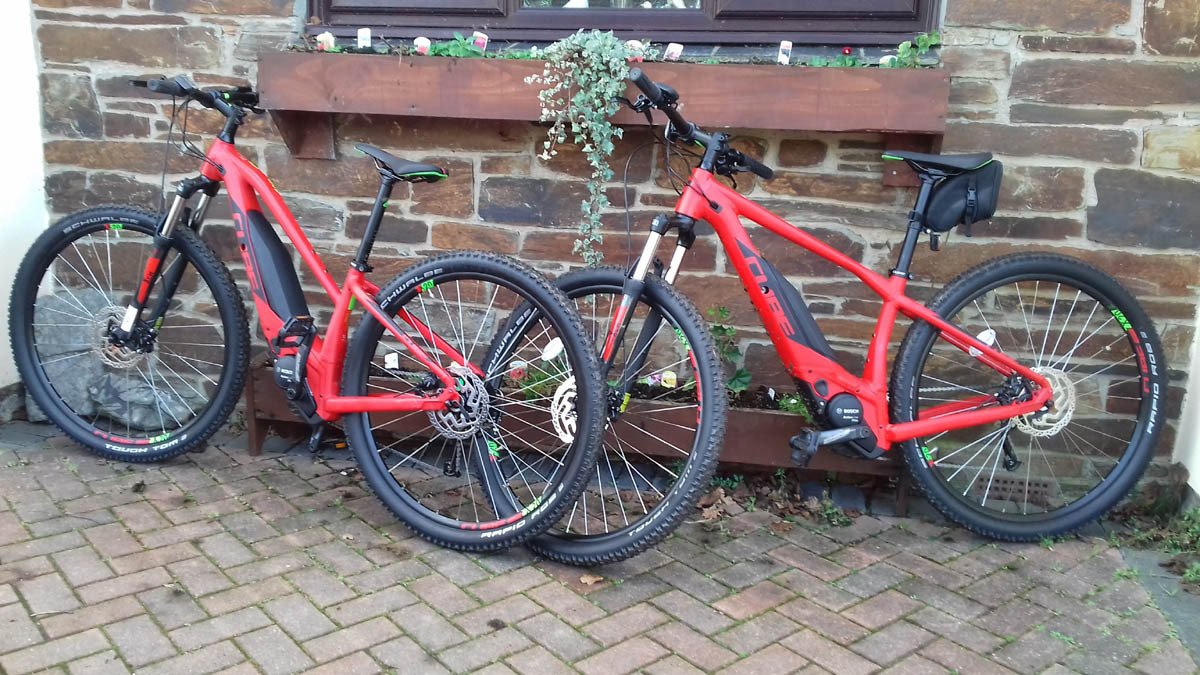
In Parts One and Two of this Cycle-paths series, we covered the subject of cycle routes, both on and off-road, for commuting and for leisure. However, ‘leisure’ can be a misnomer where the physical effort to cover distances and climb hills is concerned. If you, Dear Reader, feel a degree of cynicism stemming from concern at being able to cope with the physical demands of cycling, here is the solution: ride an e-bike! If you consider yourself too old or unfit to get on a normal bike, or simply live in a very hilly area, electric bikes are a revelation, and so are becoming increasingly popular. An e-bike could be the answer to your prayers!
E-asy cycling / Assisted cycling
So, what is an e-bike? I first became aware of them a few years ago when, on my regular ‘workout route’, I cycled up Barracks Hill in Totnes, (which ought to be called Bollocks Hill!), on an ordinary road-bike hybrid. It is one of those nasty long hills which starts gently enough, but then the gradient increases incrementally before it begins to flatten out. As I laboured up the steepest section, a young chap breezed by at speed, grinning smugly as he passed me on his e-bike. A few weeks later I had the same experience cycling up a mountain road in Spain, when an older and, like me a portly chap, cycling with his younger and fitter mates (on road bikes) sailed past me, slowing only for a chat and to show off his e-bike!
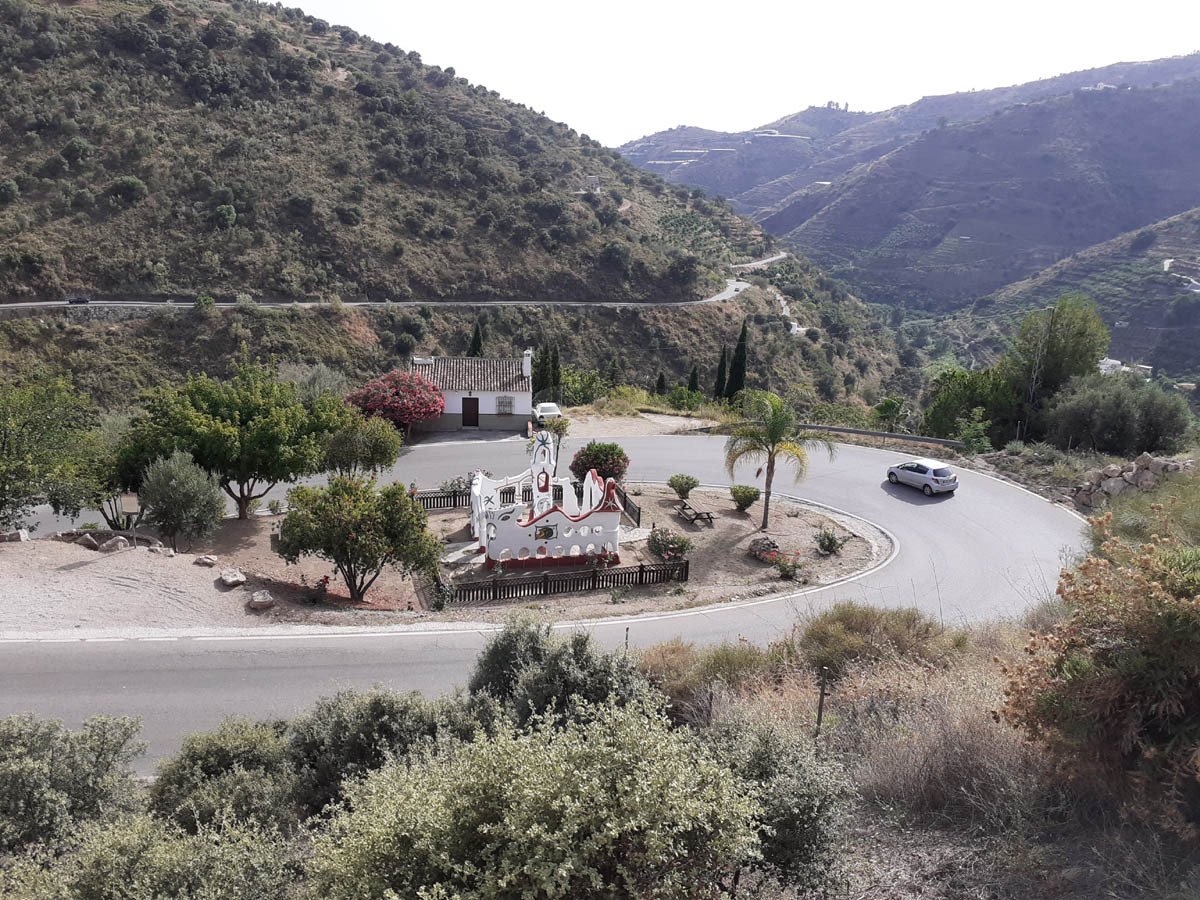
E-bikes e-xplained
In fact, we are not talking about completely electric bikes. The technical name of e-bikes, ‘pedalec’ bikes, gives the game away. You do have to pedal, but the motor multiplies your pedalling effort, making easy work of hills and long-distance rides. The fact that you still need to pedal means that you are continuing to benefit from healthy exercise in the fresh air. They open up the real possibility of cycling to many people who could not otherwise consider it. In recognition of this, there is a planned government scheme to promote e-bikes, to get more Brits on bikes. This features as a short section in “Gear Change”, the government report which resulted from the Prime Minister’s statement in support of cycling in July 2020. Let’s hope that this is one promise from the government which will be fulfilled, making cycle paths and cycling accessible to all!
As a matter of interest, BBC News on 11 June 2021 featured reporter Nomia Iqbal touring the venue for the recent G7 summit in Cornwall; the report is called “G7 summit: A cycling tour of Cornwall’s G7 village”. In it, we follow Iqbal… who is riding an e-bike!
What are e-bikes?
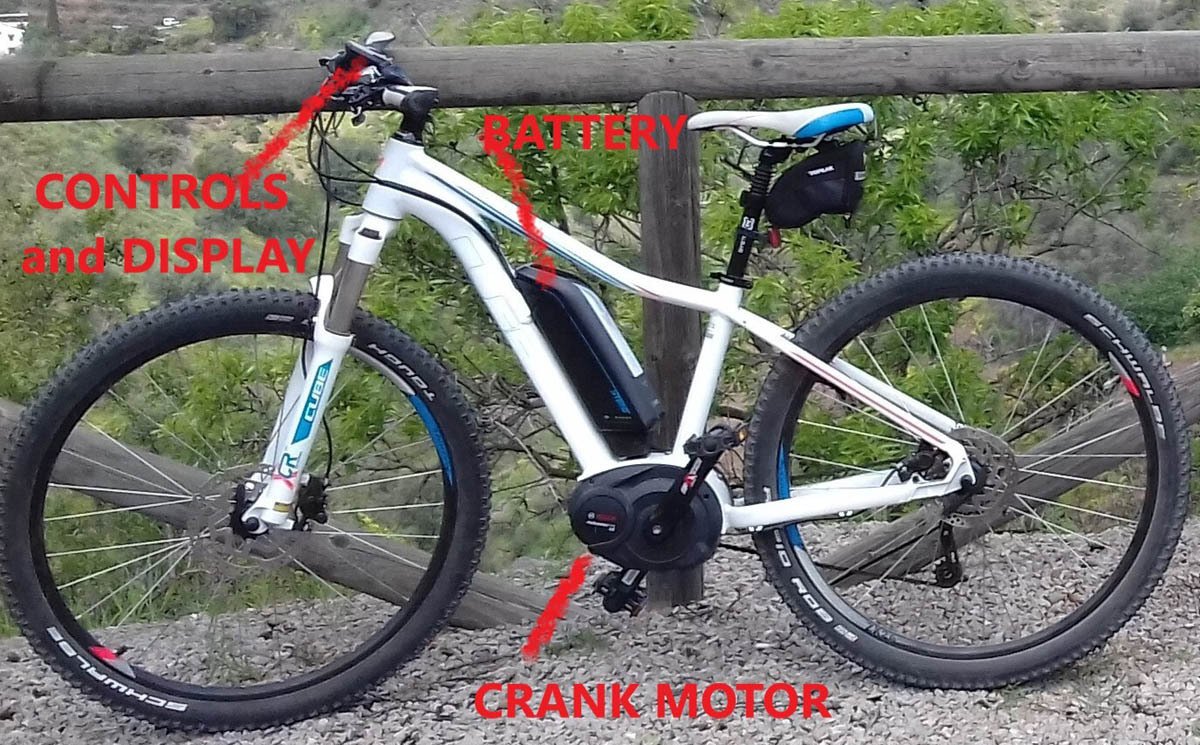
A ‘technical’ introduction: e-bikes have a motor, mounted on the bottom bracket (where the cranks turn at the opposite end from the pedals) or in the hub of one of the wheels. The motor is driven by power from the battery, which may be mounted on the down-tube (the tube from the handlebars to the bottom bracket), or on a sort of luggage rack over the rear wheel. The simple controls and associated display are mounted on the handlebar; the display shows speed, distance, trip distance, battery status and available range left, though some may be more sophisticated.
Most e-bikes offer four levels of assistance for the rider to select depending on the terrain and the amount of assistance needed. On a bike with Bosch electricals there are four assistance settings, typically Eco, Tour, Sport and Turbo. Of course, the battery has to be charged regularly from a mains source; most are 400 or 500 watt-hour batteries, providing up to 40-50-mile range depending on factors such as level of assistance used, speed, amount of climbing – and the weight of the rider! In older e-bikes the battery has to be taken off the bike using the locking key, so can be taken indoors to plug into the charger. More modern bikes have the battery faired into the down-tube, and it can be re-charged on the bike as well as when removed. These bikes are electronically limited in the UK to provide assistance only at speeds up to about 18 mph.
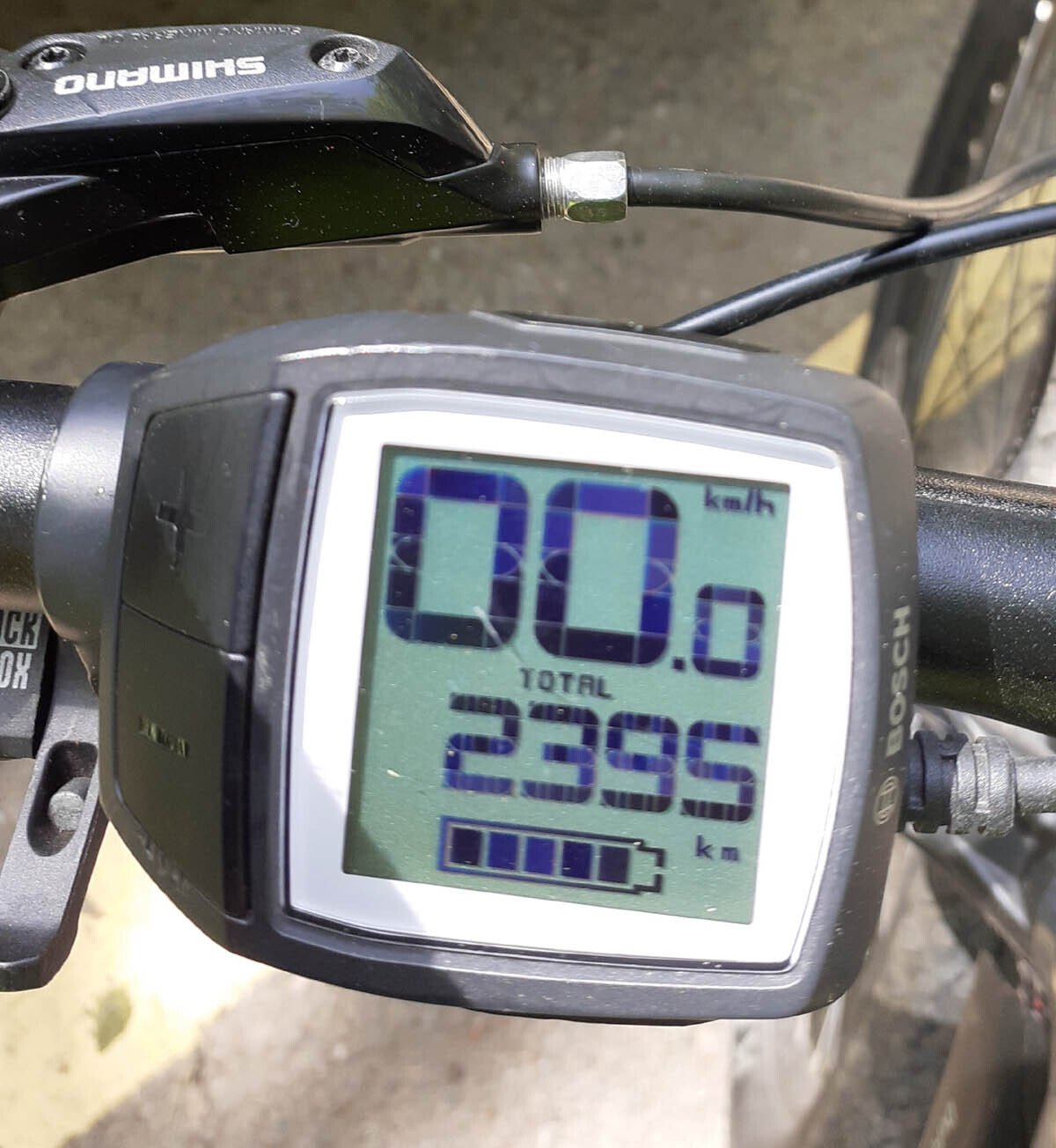
Go further with e-bikes
The beauty of e-bikes is that they enable people to ride further and to cover terrain that would be beyond them on an ordinary bike. All too often I’d be out for a quite demanding ride, leaving my wife at home… until my wife bought an e-bike! At first, she would become rather impatient having to wait for me at the top of a climb as I puffed and panted my way up: “Hurry up and get an e-bike!” So, I did. For us as a couple of septuagenarians, our e-bikes have meant being able to ride together on my regular cycle-rides and longer trips. They have opened up a whole new world of pleasurable and healthy activity, of places to explore and scenery to enjoy. For commuters, they mean being able to cycle in your working clothes and arriving without a sweat!
Old codgers taking it E-asy!
My wife and I are classed officially as ‘elderly’ but our e-bikes have transformed our lives. In Devon we regularly do ‘local’ rides of between 5 and 15 miles – always on hilly routes, if you know South Devon! We often also take our bikes in the car (a 7-seater with most seats removed for the purpose) to ride further afield, such as on the Exe Estuary Trail, Stover Trail and Wray Valley Trail, covering distances of 25 miles or so and onDartmoor, where there are some reasonably ‘level’ routes.
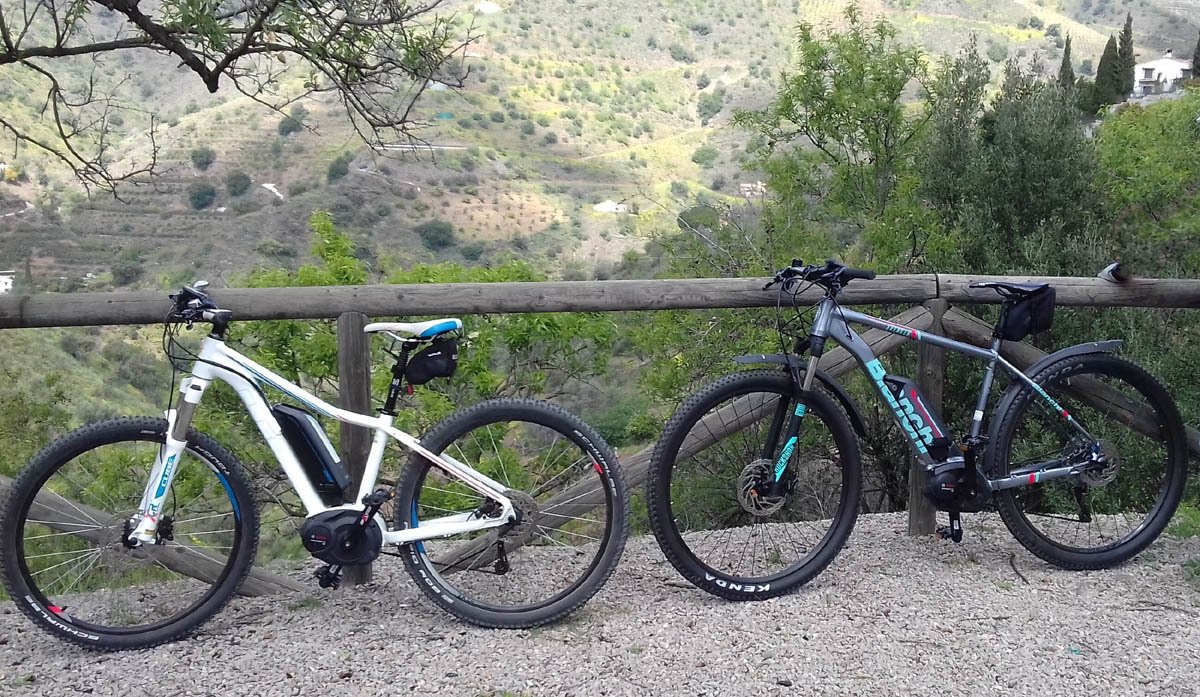
In Southern Spain, where we spend as much time as possible both for its climate, for my wife’s health, and for our sanity, we ride along the coast (sometimes on ordinary bikes), our longest ride having been about 50 miles. More often we ride up the mountain roads (on e-bikes) from ‘our’ village. Three days ago, we rode the 6 miles (each way, 3,500’ ascent and descent) to the next village up the mountain road for breakfast. Pre-pandemic, we did rides of 30 miles or so with 5-6,000 feet ascent and descent up into the mountains, down to the coast the other side, and back up to the village again. Not bad for a couple of oldies, but our philosophy is ‘use it or lose it!’ as somebody famous once said.
It’s E-asy to promise…
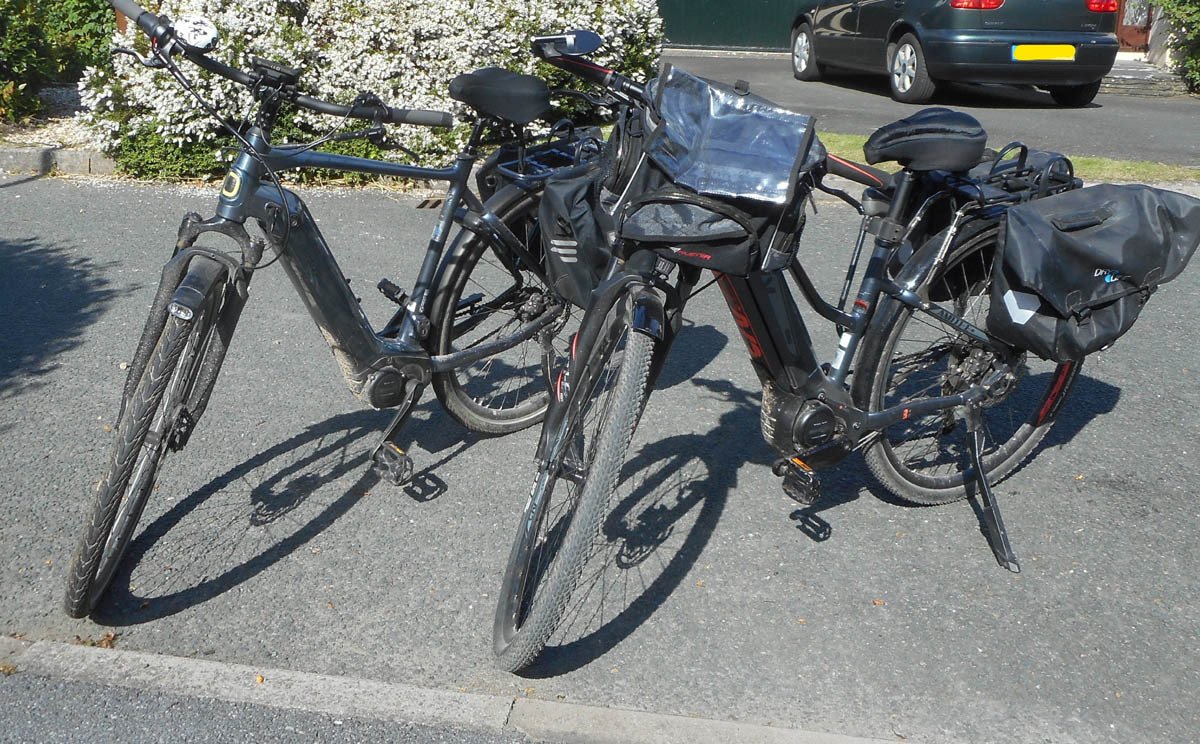
Now, as mentioned above, the usefulness of e-bikes has been recognised by the Government; it was all very well last year recommending cycling as a good activity to provide exercise and improve fitness levels, but normal cycling, especially in hilly areas like the South West, was beyond many of those who really needed to improve their fitness levels. A 2019 report had predicted that e-bikes could lead to tens of billions of additional bicycle trips within a few years, “doubling the number of regular bicycle users in many major cities around the world where cycling to work is still uncommon”. The creation of a network of cycle routes, would encourage one in five people to cycle to work in England; with e-bikes more than one in four would be willing to do so.
In January 2021, a blogspot called e-bikeshop.co.uk referred to the plan announced in November 2020 to offer government grants to help with the purchase of e-bikes, allied to the cycle-to work scheme. According to the cycling minister Chris Heaton-Harris speaking in May this year: “E-cycles could be hugely important to our goal of bringing non-traditional groups to cycling including older and disabled people.” On 29 May, the Guardian announced a Government scheme to provide opportunities for people to try out e-bikes in holiday areas and at certain events as “a way to increase the uptake of electric cycles in England. E-bikes provide a boost from a motor while a rider pedals, and research suggests they can help replace car trips for short journeys, with added health benefits.” Great news, but to date, I have not been able to find any reference to this scheme being implemented.
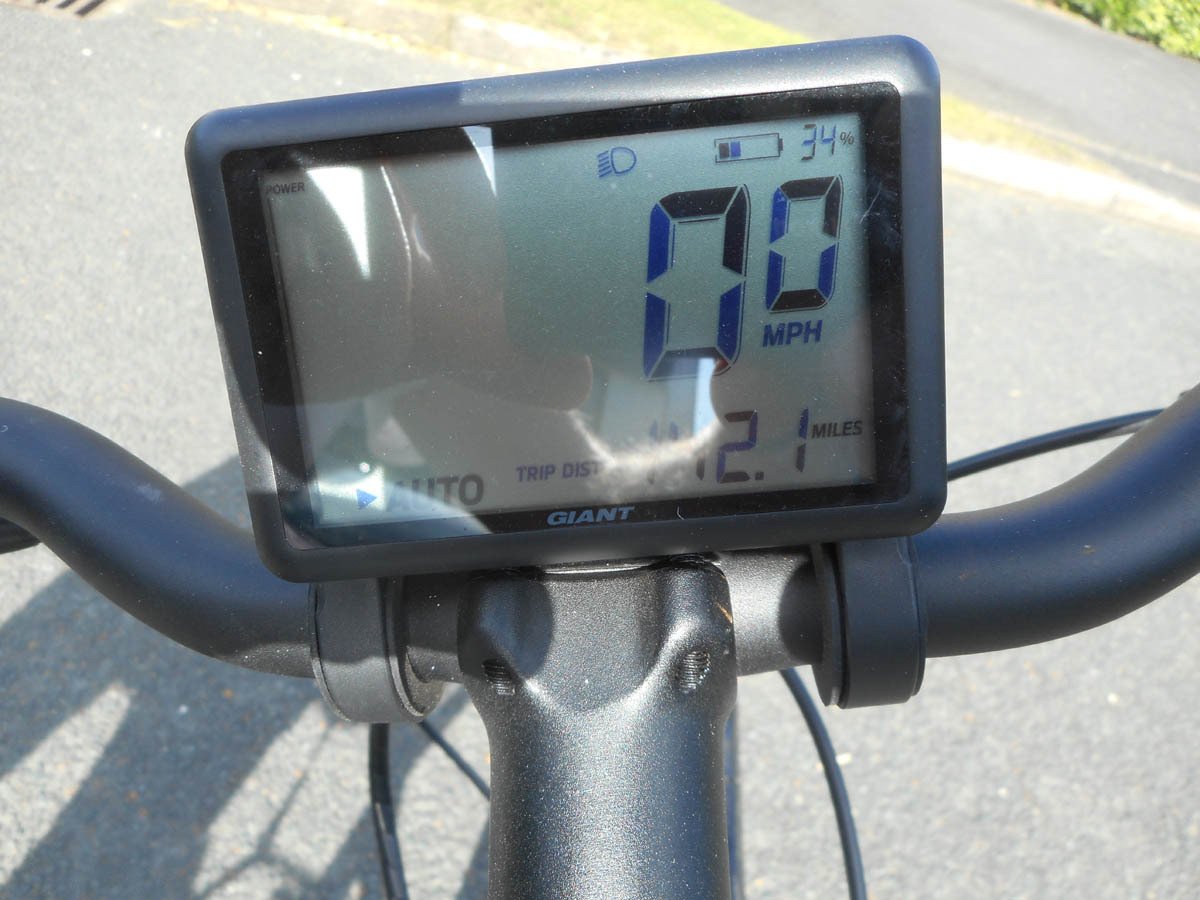
Can we catch up… on e-bikes?
While Bicycle Association data quoted in the Guardian article above suggests that “e-bike sales grew 67% last year during the pandemic, the UK still lags far behind its European neighbours in uptake.” So, we’re not ‘world-beating’ in this respect, but hopefully on the way to catching up! I have found that e-bikeshop itself is offering big discounts associated with the “Cycle to work” scheme. But what of the ‘try an e-bike’ scheme? This positive development, if it comes to fruition, may lead to government grants and loan-schemes to encourage the purchase of e-bikes, which is very much to be welcomed… but we need to see evidence of this before you rush off and buy an e-bike. If and when you do, we’re sure it will be worth it. Happy e-riding!





